Hi there, pet lovers! 🐍
If you’re considering adding a snake to your family, the Corn Snake (Pantherophis guttatus) is a top contender. Known for their striking colors, docile nature, and ease of care, Corn Snakes are one of the most popular pet snakes for beginners and experienced reptile enthusiasts alike. In this comprehensive review, we’ll explore everything you need to know about Corn Snakes, from their temperament and care requirements to their costs and availability. Whether you’re a first-time snake owner or a seasoned keeper, this guide will help you decide if a Corn Snake is the right pet for you.
Overview
Corn Snakes are slender, medium-sized snakes native to the southeastern United States. They are non-venomous, easy to handle, and come in a stunning variety of colors and patterns (called morphs). Here’s a quick summary of what makes them stand out:
- Handling and Temperament: Docile and curious, but younger snakes can be slightly nippy.
- Care and Maintenance: Extremely low-maintenance and beginner-friendly.
- Health and Durability: Hardy and resilient, with minimal health issues.
- Availability: Widely available in countless morphs.
- Cost: Affordable to purchase and maintain.
- Overall: An excellent pet snake for reptile lovers of all experience levels.

Why Choose a Corn Snake?
Corn Snakes are often considered the ultimate beginner snake due to their calm temperament, manageable size, and straightforward care requirements. They are also incredibly hardy, making them forgiving of minor mistakes. With a lifespan of 15-20 years (and sometimes longer), they are a long-term companion for dedicated pet owners.
Their vibrant colors and patterns are another major draw. From classic orange-and-red morphs to albinos, snows, and even lavender variations, there’s a Corn Snake to suit every aesthetic preference.
Handling and Temperament
Corn Snakes are known for their docile and curious nature, making them a joy to handle. However, there are a few things to keep in mind:
- Personality: Corn Snakes are naturally curious and active. They love to explore their surroundings, which makes them more engaging to handle than some other snake species. Younger snakes can be slightly nippy, but their bites are so minor that you might not even feel them. With regular handling, they quickly become calm and comfortable around their owners.
- Handling Tips:
- Always handle them gently and support their body to avoid stress.
- Avoid handling during shedding or immediately after feeding.
- Keep handling sessions short (10-15 minutes) to prevent overstimulation.
- Biting: Corn Snakes rarely bite, and when they do, it’s usually due to stress or mistaken identity (e.g., thinking your hand is food). Their bites are non-venomous and harmless, often compared to a light scratch.
Their manageable size (3-5 feet as adults) and slender build make them easy to handle, even for beginners.
Care and Maintenance
One of the biggest advantages of Corn Snakes is their low-maintenance care requirements. Here’s everything you need to know to keep your Corn Snake healthy and happy:
Enclosure Setup
- Size: A 20-40 gallon enclosure is suitable for an adult Corn Snake. Hatchlings can start in a 10-gallon tank.
- Substrate: Use aspen shavings, coconut fiber, or paper towels. Avoid loose substrates like sand, which can cause impaction if ingested.
- Hiding Spots: Provide at least two hides (one on the warm side and one on the cool side) to help your snake feel secure.
- Clutter: Add branches, fake plants, and other decor to create a stimulating environment.
Humidity and Temperature
- Humidity: Maintain 40-50% humidity, increasing to 60% during shedding. Use a hygrometer to monitor levels and mist the enclosure as needed.
- Temperature:
- Ambient temperature: 75-85°F.
- Basking spot: 85-88°F.
- Use an under-tank heating pad or heat tape regulated by a thermostat to prevent overheating.
Feeding
- Diet: Corn Snakes primarily eat frozen-thawed rodents (mice or rats). Juveniles should be fed every 5-7 days, while adults can be fed every 7-10 days.
- Feeding Tips:
- Use tongs to offer food and avoid hand-feeding to prevent accidental bites.
- If your snake refuses food, ensure the enclosure conditions are optimal and try again in a few days.
Lighting
Corn Snakes are crepuscular (active during dawn and dusk) and don’t require UVB lighting. However, providing a natural day-night cycle with ambient lighting can benefit their overall well-being.
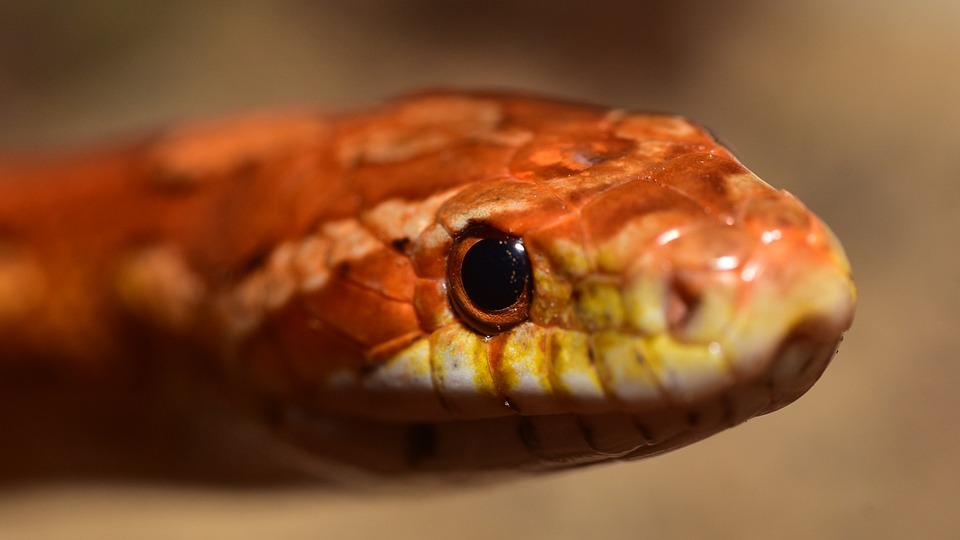
Health and Durability
Corn Snakes are hardy and resilient, making them an excellent choice for first-time snake owners. Here’s what to watch for:
- Common Health Issues:
- Respiratory infections (caused by low humidity or poor ventilation).
- Incomplete sheds (due to low humidity).
- Mites or scale rot (caused by unclean enclosures).
- Preventative Care:
- Maintain proper humidity and temperature levels.
- Provide fresh water daily and clean the enclosure regularly.
- Handle your snake gently to avoid stress or injury.
With proper care, Corn Snakes can live 15-20 years, making them a long-term commitment.
Availability and Cost
Corn Snakes are widely available and come in a stunning variety of morphs, from classic patterns to rare and exotic colors.
- Where to Buy:
- Breeders: The best option for healthy, well-cared-for snakes.
- Reptile Expos: Great for meeting breeders and seeing a wide variety of morphs.
- Pet Stores: Less ideal, but some stores carry Corn Snakes.
- Cost:
- Snake Price: $30 to $100 for common morphs, with rare morphs costing up to $500 or more.
- Setup Cost: $150 to $300 for an enclosure, heating, and supplies.
Pros and Cons
Pros
- Docile and easy to handle.
- Extremely low-maintenance compared to other reptiles.
- Stunning variety of colors and patterns.
- Affordable to purchase and maintain.
- Hardy and forgiving of minor mistakes.
Cons
- Younger snakes can be slightly nippy.
- Require specific humidity and temperature levels.
- Long-term commitment due to their lifespan.
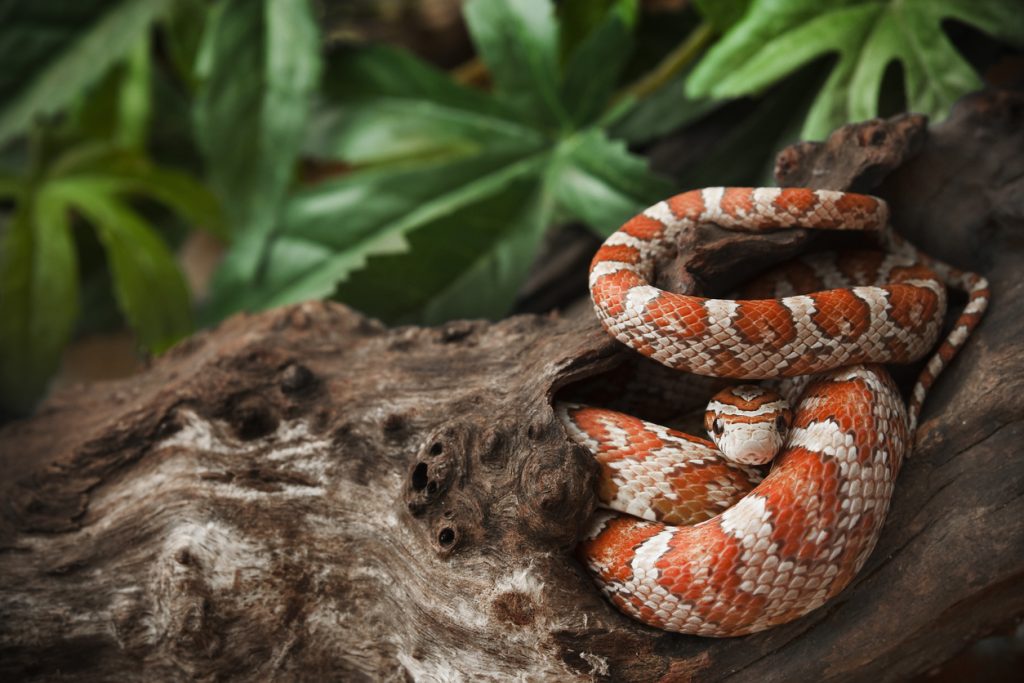
Final Thoughts
Corn Snakes are a fantastic choice for anyone looking to add a snake to their home. Their vibrant colors, curious nature, and ease of care make them a favorite among reptile enthusiasts. Whether you’re a beginner or an experienced keeper, a Corn Snake is sure to bring you joy and companionship for years to come.
If you’re considering a Corn Snake, we recommend visiting a breeder or reptile expo to meet them in person. Their unique personalities and striking looks are sure to win you over.
Have you owned a Corn Snake? Share your experiences and tips in the comments below! We’d love to hear how you care for your snake and what makes them special to you.
For more reptile care tips and reviews, stay tuned to our blog and don’t forget to subscribe to our newsletter! 🐍

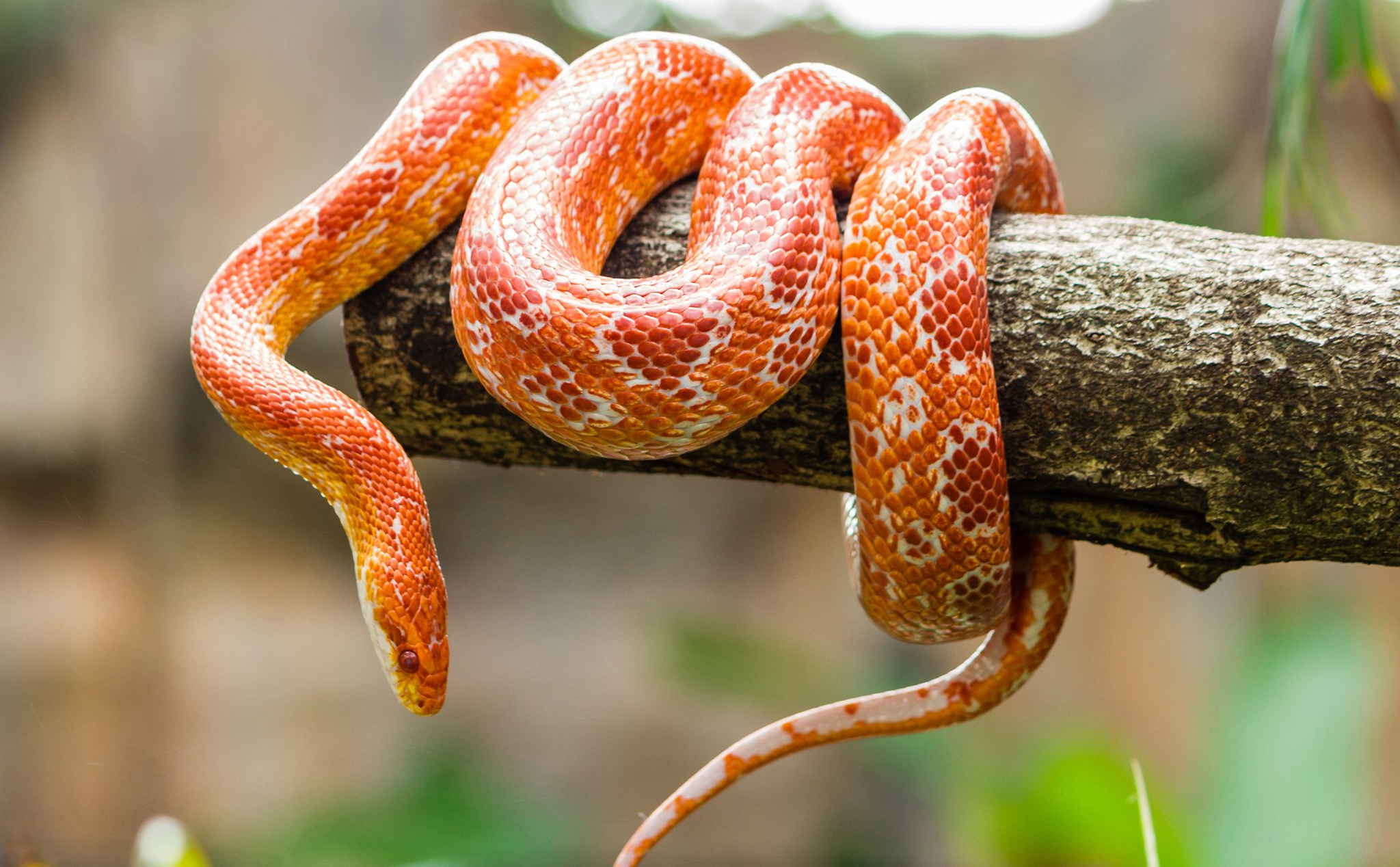

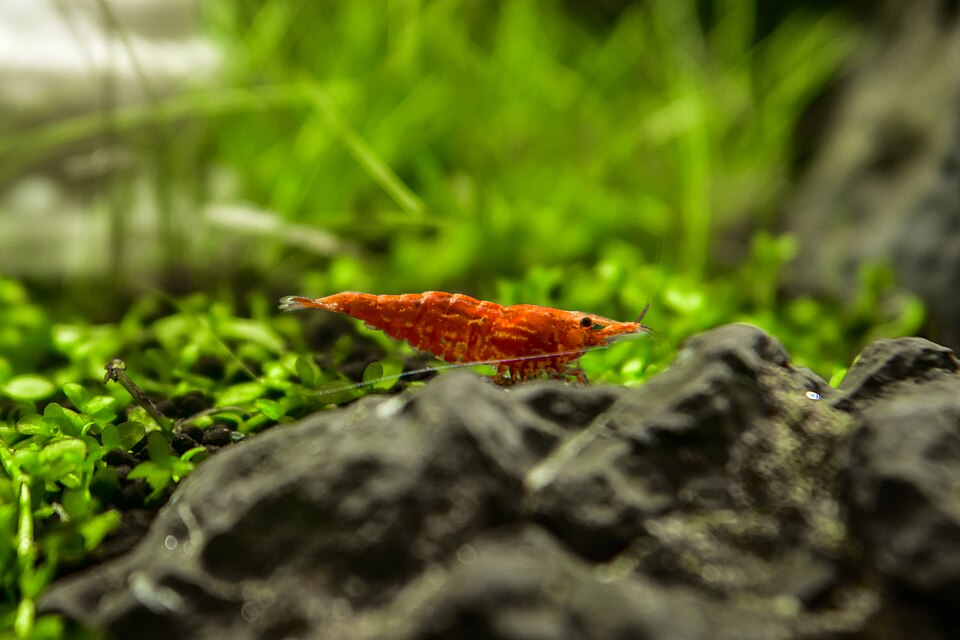

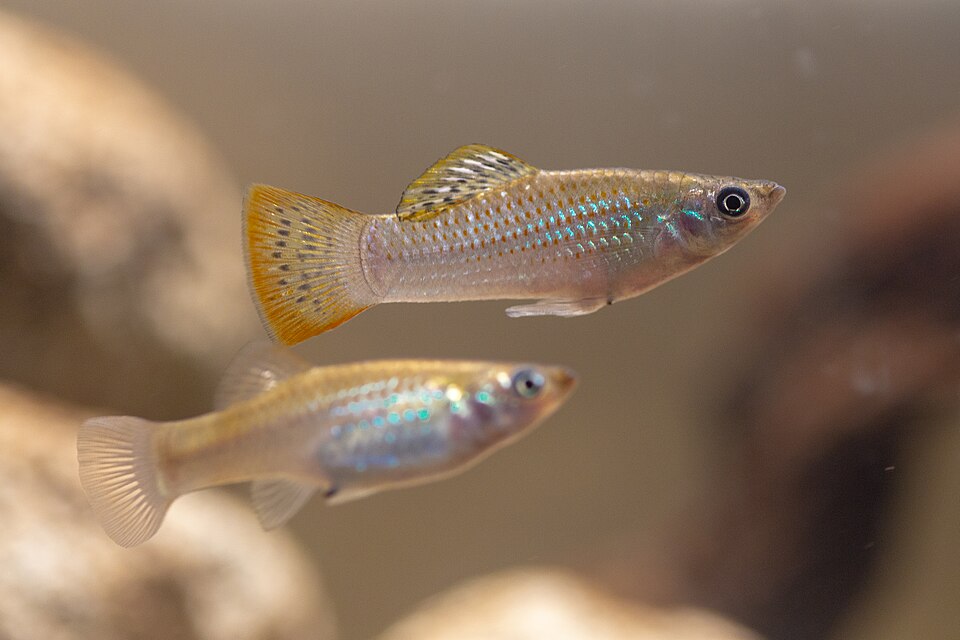
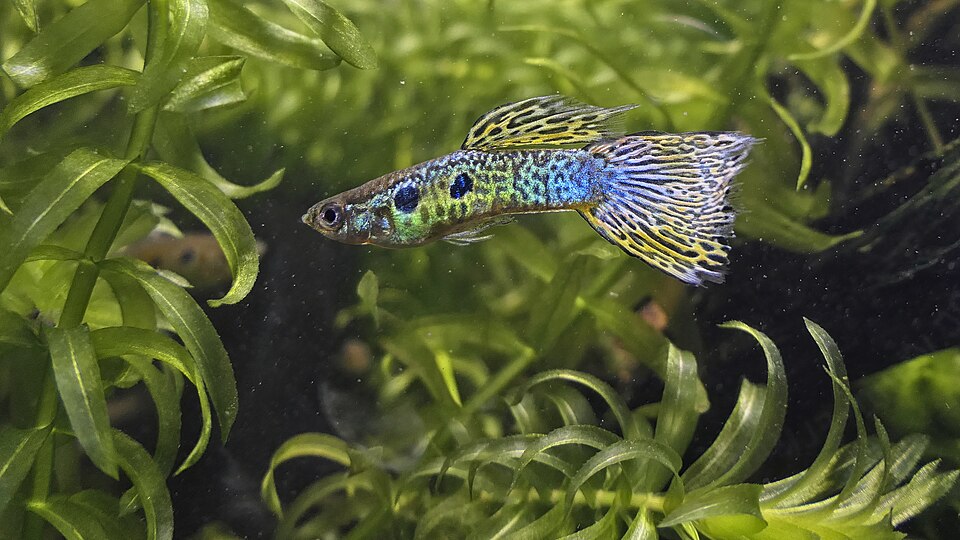
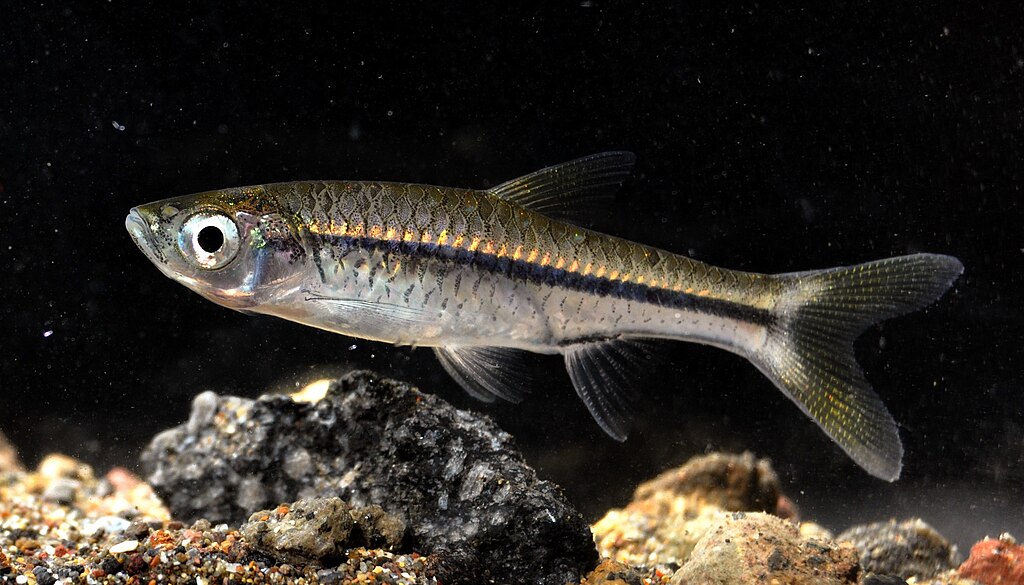
Leave a Reply